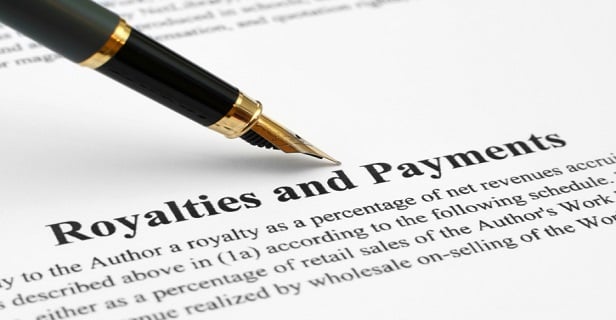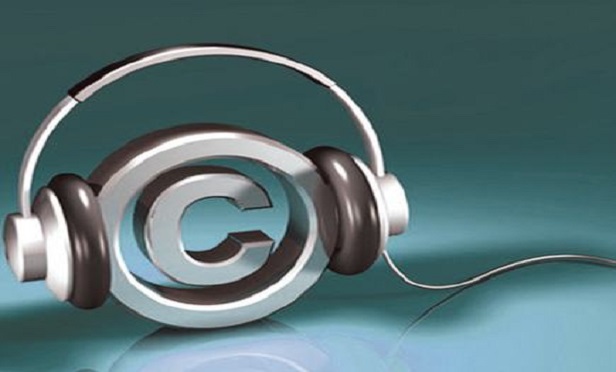Columns & Departments
Players On the Move
A look at moves among attorneys, law firms, companies and other players in entertainment law.
Features

Louisiana Federal Court Delivers Ruling on Worldwide Rights in 1960s Party-Rock Song Copyright
"Double Shot (Of My Baby's Love)," a hit record for the Swingin' Medallions in the 1960s, became an enduring party-rocker from that era. Today, rights in the "Double Shot" musical composition are at the center of litigation in Louisiana federal district court.
Features

Do FL and CA Talent Agency Law Cover Social Media Influencers and Esports Talent?
If the definition for "artist" under Florida's Talent Agencies Act applies to influencers and esports players, then likely a lot of unlicensed representatives are in violation of the state's statute — and the penalties are pretty serious.
Features

Playing Field Grows for Sports Law Practices
More law firms are betting on growing their sports practices amid recent changes in amateur and professional sports, finding it hard to ignore the multi-practice work that teams and leagues can bring to lawyers.
Columns & Departments
Fresh Filings
Notable recent court filings in entertainment law.
Columns & Departments
Players On the Move
Notable recent court filings in entertainment law.
Features

LJN Quarterly Update: 2024 Q2
The LJN Quarterly Update highlights some of the articles from the nine LJN Newsletters titles over the quarter. Articles include in-depth analysis and insights from lawyers and other practice area experts.
Features

First Circuit Defines 'Featured Artist' for Purpose of Right to Sound-Recording Royalties from Digital Transmissions
To the public, a band typically is defined as its performing members, not a business entity that may control the music group. But when it comes to royalty rights, are the performers or the business entity entitled to "featured artist" statutory royalties from digital transmissions of the band's sound recordings?
Features

Major Labels File Lawsuits Over AI Companies' Alleged Copying of 'World's Most Popular' Recordings
Major record labels including Capitol Records and Sony Music Entertainment sued two music-focused generative artificial intelligence companies, accusing them of "willful copyright infringement on an almost unimaginable scale."
Features

Hope for 'Spotify Model' for Licensing Content for AI
A "Spotify model" of licensing, regulation and royalties could be the answer to the recent slew of lawsuits and future litigation relating to generative artificial intelligence defined by rampant misappropriation of name, image and likeness of individuals, including high-profile celebrities.
Need Help?
- Prefer an IP authenticated environment? Request a transition or call 800-756-8993.
- Need other assistance? email Customer Service or call 1-877-256-2472.
MOST POPULAR STORIES
- Use of Deferred Prosecution Agreements In White Collar InvestigationsThis article discusses the practical and policy reasons for the use of DPAs and NPAs in white-collar criminal investigations, and considers the NDAA's new reporting provision and its relationship with other efforts to enhance transparency in DOJ decision-making.Read More ›
- Surveys in Patent Infringement Litigation: The Next FrontierMost experienced intellectual property attorneys understand the significant role surveys play in trademark infringement and other Lanham Act cases, but relatively few are likely to have considered the use of such research in patent infringement matters. That could soon change in light of the recent admission of a survey into evidence in <i>Applera Corporation, et al. v. MJ Research, Inc., et al.</i>, No. 3:98cv1201 (D. Conn. Aug. 26, 2005). The survey evidence, which showed that 96% of the defendant's customers used its products to perform a patented process, was admitted as evidence in support of a claim of inducement to infringe. The court admitted the survey into evidence over various objections by the defendant, who had argued that the inducement claim could not be proven without the survey.Read More ›
- The DOJ's New Parameters for Evaluating Corporate Compliance ProgramsThe parameters set forth in the DOJ's memorandum have implications not only for the government's evaluation of compliance programs in the context of criminal charging decisions, but also for how defense counsel structure their conference-room advocacy seeking declinations or lesser sanctions in both criminal and civil investigations.Read More ›
- The DOJ's Corporate Enforcement Policy: One Year LaterThe DOJ's Criminal Division issued three declinations since the issuance of the revised CEP a year ago. Review of these cases gives insight into DOJ's implementation of the new policy in practice.Read More ›
- Strategy vs. Tactics: Two Sides of a Difficult CoinWith each successive large-scale cyber attack, it is slowly becoming clear that ransomware attacks are targeting the critical infrastructure of the most powerful country on the planet. Understanding the strategy, and tactics of our opponents, as well as the strategy and the tactics we implement as a response are vital to victory.Read More ›
